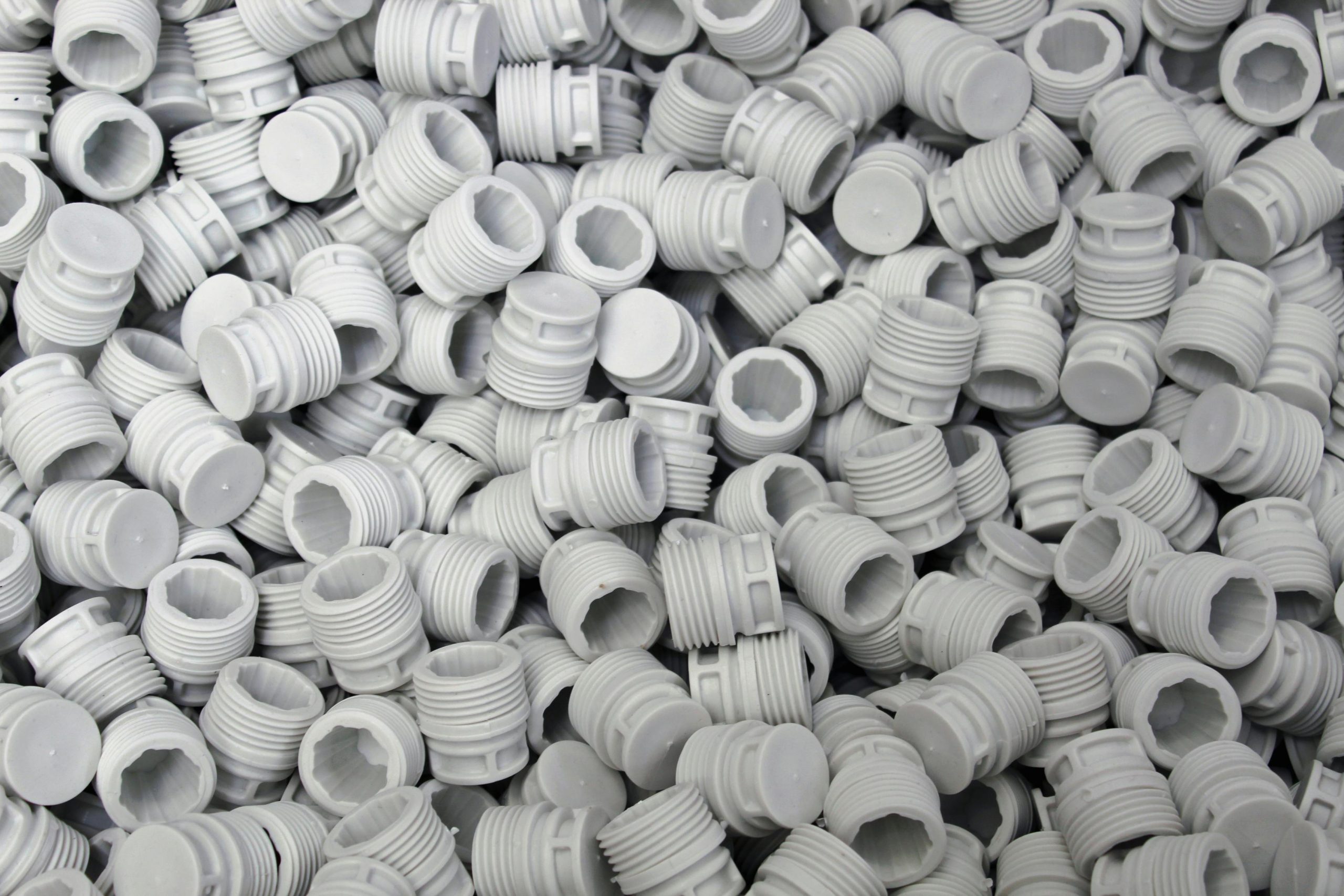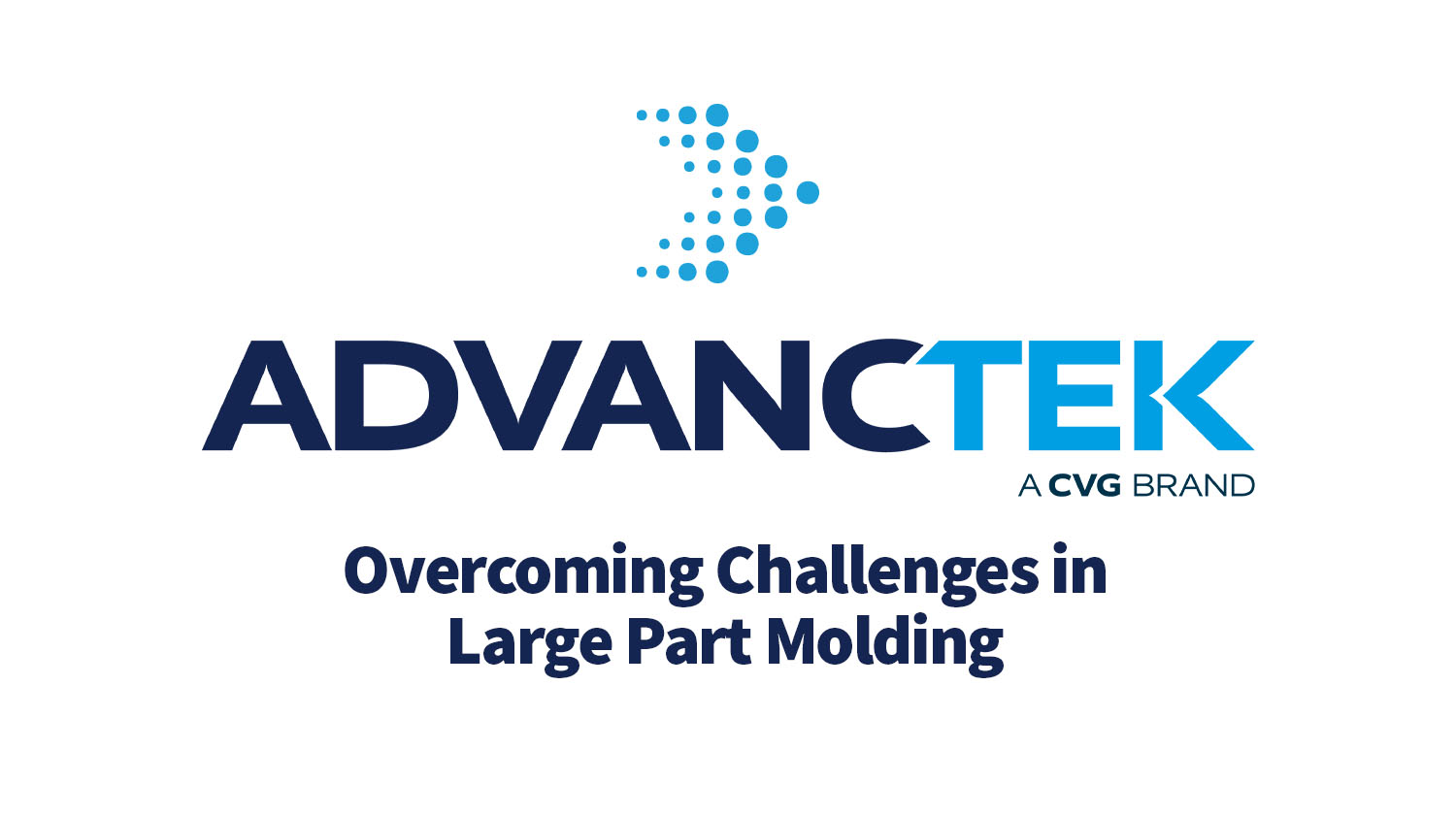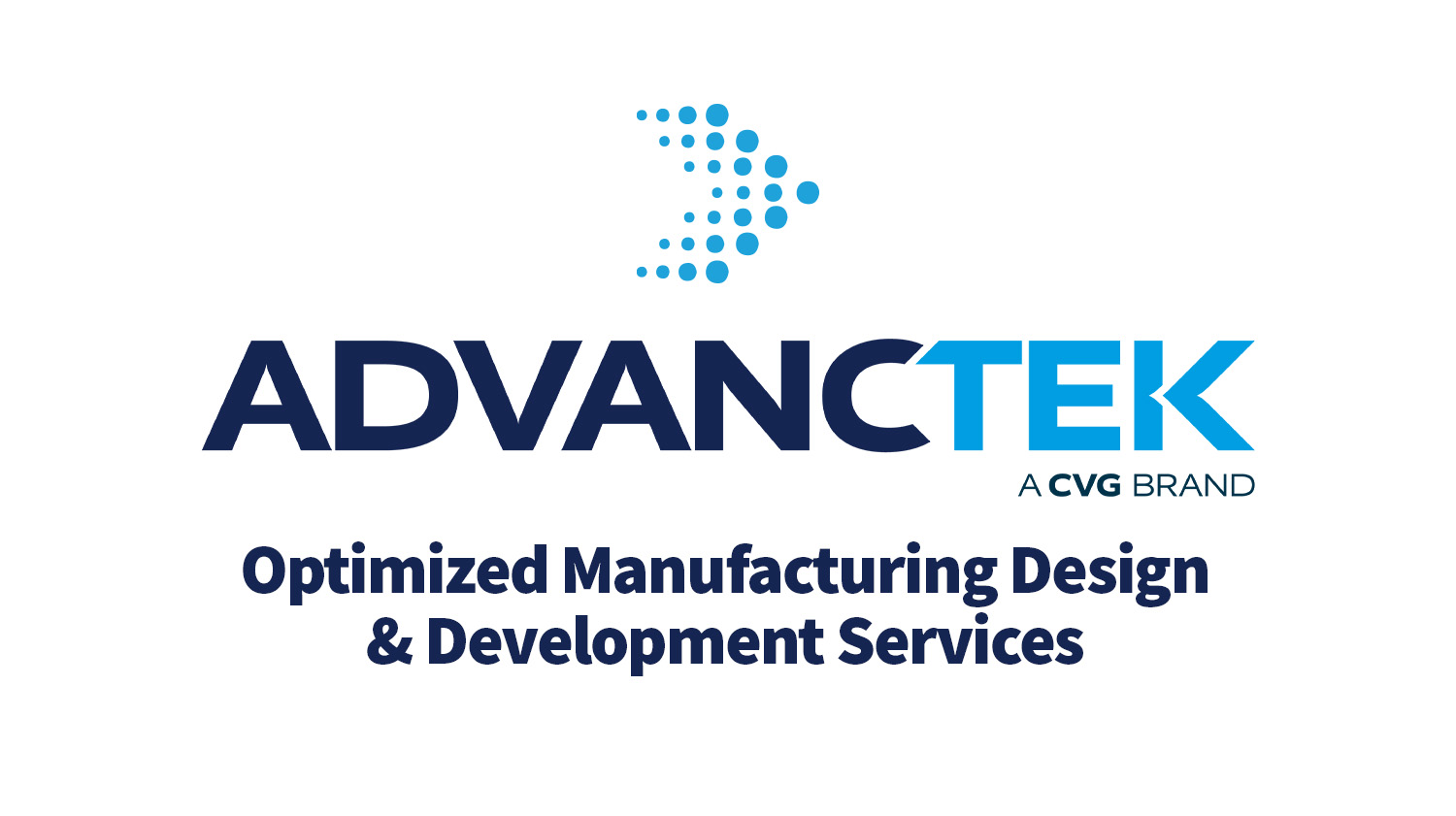Rob Osgood • May 20, 2024
In the complex world of plastic manufacturing, choosing the right process can significantly influence the cost, quality, and efficiency of your products. At AdvancTEK, we have the expertise and a broad range of technologies to guide you through this critical decision. From injection molding to thermoforming, each method offers unique advantages tailored to specific applications. Let’s delve deeper into these processes to understand how they align with industry standards and meet diverse project requirements.
The Key Manufacturing Processes
AdvancTEK specializes in several plastic manufacturing processes, each with unique benefits suitable for various applications:
- Injection molding involves injecting melted plastic resin into a mold to produce high-quality components. It is known for its precision and efficiency and is suitable for high-volume production of complex parts.
- Reaction injection molding (RIM) involves mixing two components and injecting them under pressure into a mold. This process offers more flexibility in materials and is excellent for lightweight, sturdy parts.
- Thermoforming includes vacuum forming, pressure forming, and twin sheet forming. It’s best for larger, less complex parts where lower tooling costs are a priority.
Process Comparisons
Before you can select the right manufacturing process for your needs, it’s important to understand the capabilities and limitations of each one. Injection molding, RIM, and thermoforming have distinct advantages and disadvantages to consider.
Injection molding is cost-effective for large volumes and offers excellent precision and the ability to incorporate intricate features, including “A” and “B” side features that are functional, structural, and aesthetic. However, injection molding faces higher upfront tooling costs.
With reaction injection molding, you can achieve similar part features to injection molding with a lower tooling investment. Multiple material systems provide flexibility for parts ranging from rigid to soft touch to soft. RIM can be used for light-weighting initiatives and is great for molding in inserts and other hardware and fasteners. The cons of RIM include slower production times and higher costs per unit.
Thermoforming provides a quicker setup, lower tooling costs, and the ability to easily trim in multiple feature options. Yet, the process is limited to simpler geometries: it can only control tolerances on the tooled side of the part and lacks the capability to mold in B-side features. Thermoforming is also associated with higher unit costs.
Factors Influencing Process Selection
Selecting the proper manufacturing process goes beyond just weighing the pros and cons of each method. It involves a holistic consideration of several critical factors that can significantly influence the final product. These include:
- Performance requirements and specifications, including tolerance levels, flammability requirements, durability, weatherability, etc.
- Quality and aesthetic requirements, such as surface finish and appearance. For example, if a customer doesn’t want visible fasteners for an attachment, an injection molding or RIM solution may be preferable, as all the attachment hardware is on the backside.
- Cost-effectiveness based on production volume and tooling budget.
- Design specifics, considering the complexity and feasibility of the design in the chosen process.
- Timeline from design to production. Injection molding typically sees a longer tool build time, and after initial samples, texture is often required, adding an additional step. Kickoff to production with injection molding takes between 28-32 weeks; RIM takes 20-26 weeks. Thermoforming sees shorter tool build times, and texture usually comes in the sheet material itself and is not required in the tooling. However, samples can take longer to produce; still, the timeline from kickoff to production is just 16-24 weeks.
- Annual volumes, as the return on investment (ROI) on injection molding tooling starts to make sense when customers have an estimated annual usage (EAU) of more than 5,000 parts. Thermoforming or RIM are often more suited to produce 500-5,000 pieces.
Industry-Specific Manufacturing Preferences
Dozens of industries rely on injection molding, RIM, and thermoforming to produce durable parts for their applications. Each industry has distinct manufacturing needs based on the volume, complexity, and requirements of the parts they need. Here’s how various sectors leverage our processes to their advantage:
- Automotive and Commercial Vehicles: Injection molding is often used for its precision and ability to produce tight tolerances, achieving best-in-class gap and flush. It is also a good fit for the industry’s higher annual volumes.
- Construction and Agriculture: Thermoforming and RIM are often chosen for their cost efficiency in medium- to low-volume production.
- Medical Devices: RIM is preferred for lower-volume production requiring detailed features and customization; injection molding is used for very large parts.
These tailored approaches ensure each industry can maximize efficiency, cost-effectiveness, and product quality by choosing the most suitable manufacturing process.
AdvancTEK’s Decision-Making Framework
AdvancTEK works with each customer to provide the necessary support and guidance in selecting the right manufacturing process for their needs. Our approach involves early engagement with customers to understand their specific needs and constraints, ensuring the chosen process aligns perfectly with their project goals. Our expertise helps navigate the complexities of material, design, and cost considerations to pinpoint the optimal manufacturing solution. Additionally, our longstanding relationships with global material and equipment suppliers in the injection molding industry allow us to stay ahead of up-and-coming processes and materials and provide our customers with the benefits new technologies offer.
Ensuring Quality and Sustainability for Each Process
At AdvancTEK, quality and sustainability are seamlessly integrated into every phase of our manufacturing processes. From the outset, we engage in Built-In Quality (BIQ) practices and Design for Manufacturability (DFM) consultations to optimize designs for production while actively prioritizing sustainability initiatives. We use renewable, recyclable, or sustainable material technologies wherever possible and collaborate with our customers to identify and validate material and process solutions that meet or exceed technical requirements. Our approach includes proactive Risk Priority Number (RPN) reduction in our Design Failure Mode and Effects Analysis (DFMEA), enhancing product quality and environmental compliance. In production, our IATF-16949 certified labs utilize advanced tools like Coordinate Measuring Machines (CMM) and Faro arms for meticulous part validation, ensuring each product meets stringent quality standards and aligns with our commitment to sustainability. By adhering to an Advanced Product Quality Planning (APQP) process, we ensure each product launch upholds our high standards for quality, reliability, durability, and cost-effectiveness while maintaining our dedication to environmental responsibility.
Takeaways
Choosing the right plastic manufacturing process is crucial for optimizing cost, quality, and efficiency in product development. At AdvancTEK, we provide expert guidance to ensure that the selected process – whether that be injection molding, RIM, or thermoforming – aligns perfectly with your project’s requirements and sustainability goals. Our commitment to quality and sustainability is demonstrated through every step, from initial design to final production, ensuring that each component meets the highest standards. If you’re looking to maximize the potential of your next project with tailored, high-quality manufacturing solutions, contact AdvancTEK today.




